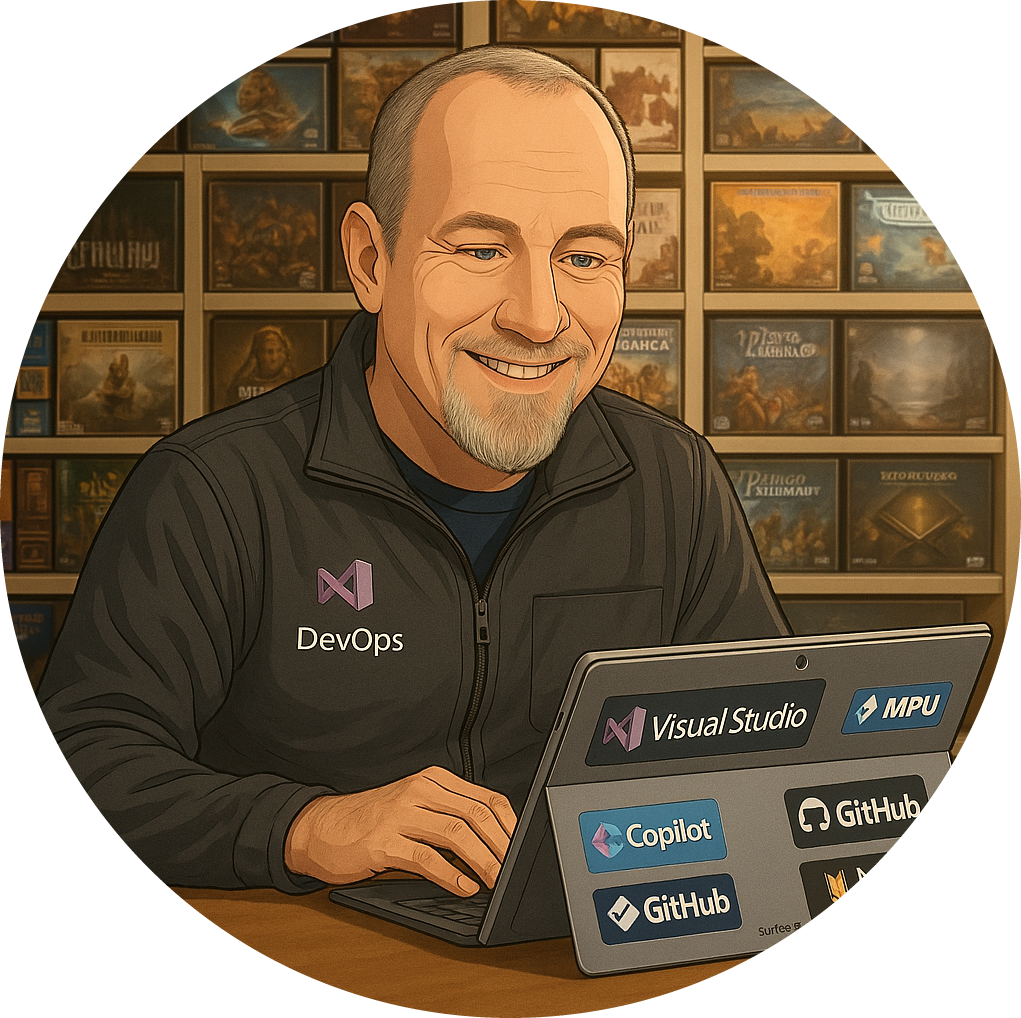Agile and Scrum Require Cultural Change
Mandating Agile or Scrum fails without cultural change; true agility requires trust, transparency, and a supportive environment, not just tools or …
TL;DR; Agile and Scrum frameworks highlight problems in team processes, but many organizations ignore these signals due to cultural barriers like fear of repercussions and resistance to change. Simply adopting these frameworks is not enough; their effectiveness depends on a culture that encourages transparency, feedback, and continuous improvement. Development managers should focus on building an environment where raising and addressing issues is supported and valued to fully realize the benefits of Agile and Scrum.


In organizational development and team dynamics, Agile (as the Agile Manifesto delineates) and Scrum (as the Scrum Guide outlines) guide teams not by solving their problems but by illuminating the issues that demand attention. These frameworks aim to identify and spotlight the challenges within a team or organization’s processes, effectively saying, “This is wrong, go fix it!” when a team struggles to produce a working product due to various obstacles. These are clear signals!
Yet, teams often overlook these clear signals. This raises the question: Why does such a disconnect exist between receiving these critical signals and acting on them? What barriers within teams and organizations prevent them from hearing and responding to these alerts?
We can draw parallels to Toyota’s manufacturing process and its concept of the “andon” chain. This chain enables any worker to stop the entire production line upon detecting a flaw, addressing problems immediately instead of allowing defective products to proceed. This approach, critical to Toyota’s quality assurance, symbolizes a commitment to excellence and continuous improvement .
When American car manufacturers adopted this concept, they installed the physical chain, but workers hesitated to pull it. The underlying fear was that stopping the line would result in punitive measures rather than being viewed as a positive step toward quality maintenance. This situation reveals a profound truth: the effectiveness of such systems lies not in their physical presence but in the culture and philosophy that empower their use. Thus, it’s not the “andon” chain that’s broken; it’s the systemic failure to foster an environment that encourages and values its use.
This analogy highlights the challenges of implementing Agile and Scrum within organizations. These philosophies act as the software development and product management ’s “andon” chain, signaling when something goes wrong and necessitating action. However, if an organization’s culture or a team’s mindset does not align with principles of transparency , continuous improvement, and feedback responsiveness, these signals will remain ignored.
The primary barrier often stems from fear, fear of repercussions, fear of change, or the inertia of existing practices that discourage deviation from the norm. A lack of understanding or commitment to Agile and Scrum’s underlying philosophies may also contribute to a superficial implementation that fails to capitalize on these frameworks’ full potential.
To reap the benefits of Agile and Scrum, organizations must cultivate a culture that not only listens to but also values and acts upon the signals these philosophies provide. This involves creating an environment where halting the metaphorical production line to fix issues is celebrated rather than discouraged, embedding continuous improvement into the organization’s DNA, and deeply understanding and practising the principles of the Agile Manifesto and the Scrum Guide.
Only then can organizations address the systemic issues blocking success, paving the way for meaningful and sustainable improvement.
Each classification [Concepts, Categories, & Tags] was assigned using AI-powered semantic analysis and scored across relevance, depth, and alignment. Final decisions? Still human. Always traceable. Hover to see how it applies.
If you've made it this far, it's worth connecting with our principal consultant and coach, Martin Hinshelwood, for a 30-minute 'ask me anything' call.
We partner with businesses across diverse industries, including finance, insurance, healthcare, pharmaceuticals, technology, engineering, transportation, hospitality, entertainment, legal, government, and military sectors.

Jack Links

ALS Life Sciences

Sage

Freadom

Emerson Process Management

Teleplan

Schlumberger

Workday

MacDonald Humfrey (Automation) Ltd.

New Signature

Higher Education Statistics Agency

Bistech

ProgramUtvikling

Philips

SuperControl

Big Data for Humans

Graham & Brown

Trayport

Washington Department of Enterprise Services

Royal Air Force

Washington Department of Transport

Department of Work and Pensions (UK)

Ghana Police Service

Nottingham County Council

Freadom

Brandes Investment Partners L.P.

Alignment Healthcare

Boeing

Qualco

ProgramUtvikling